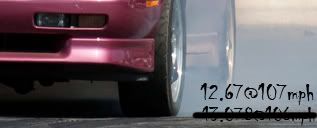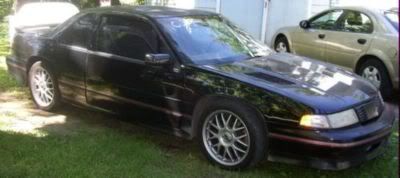Ok so i started to put together my 3.1 and everything was going great until I went to put the pistons back in with new rings. I bought Hastings Piston rings (part # 4456). I figured the were just being a little stubborn at first so I try tapping a little hard but that did work.
Well for kicks I grabbed an old piston ( old rings and all) and decided to put it in. Surprisingly it went right in without much force. I need to know what the hell is going on. I'd like to get my 91 Cavy on the road again.
Thanks in advance for the help
Well for kicks I grabbed an old piston ( old rings and all) and decided to put it in. Surprisingly it went right in without much force. I need to know what the hell is going on. I'd like to get my 91 Cavy on the road again.
Thanks in advance for the help




 I've got new rings on order and they will be here tomorrow. Autozone actually took them back for me.
I've got new rings on order and they will be here tomorrow. Autozone actually took them back for me.
Comment